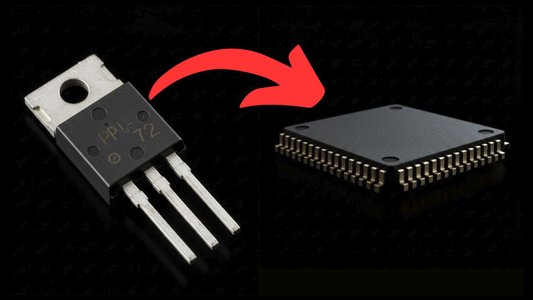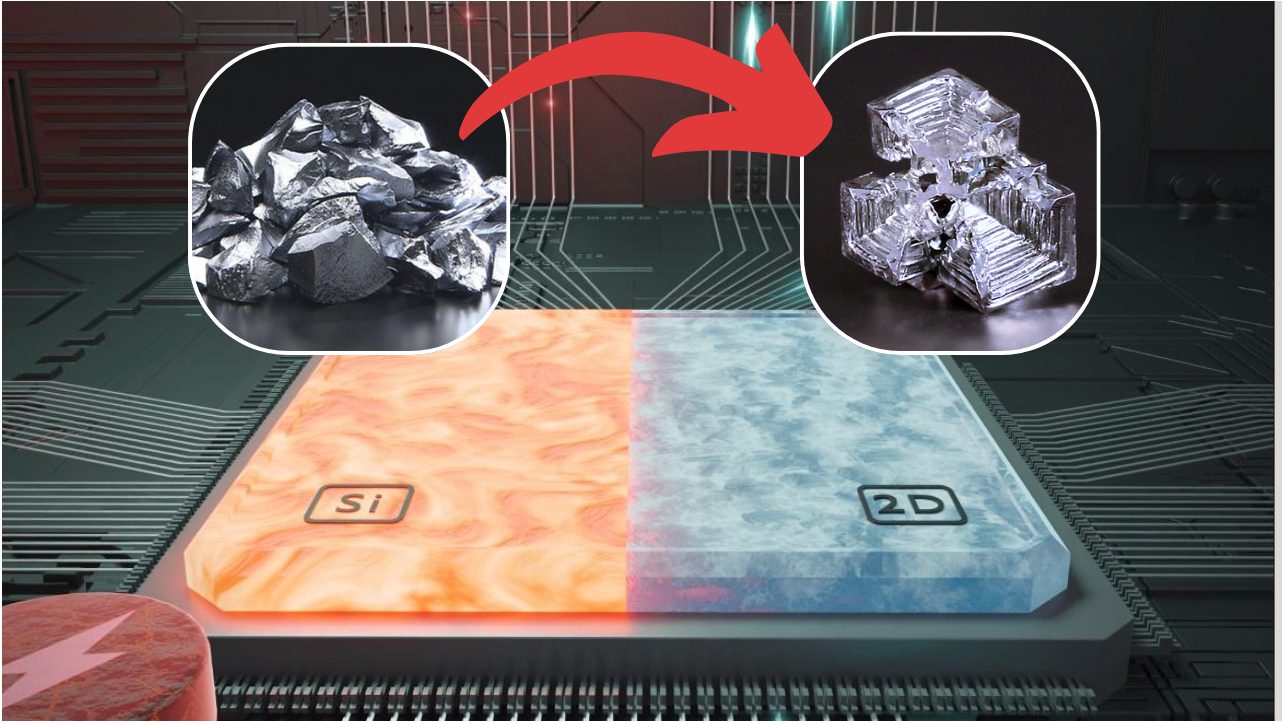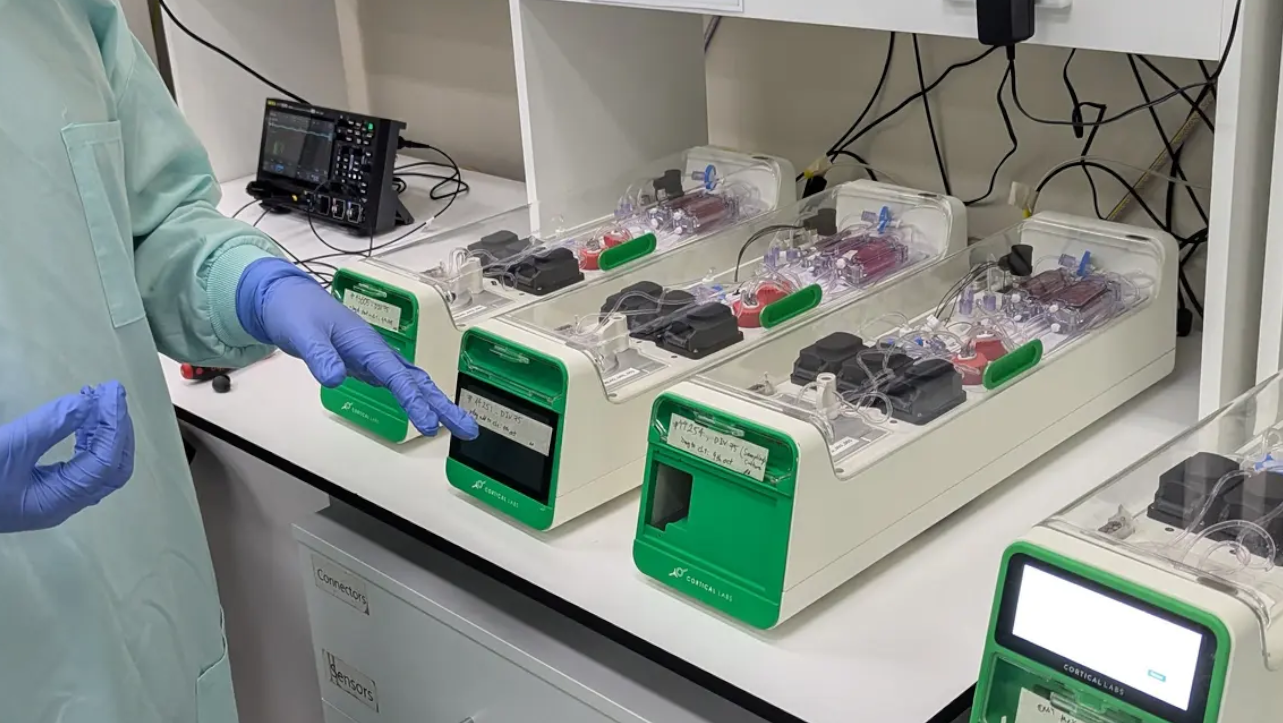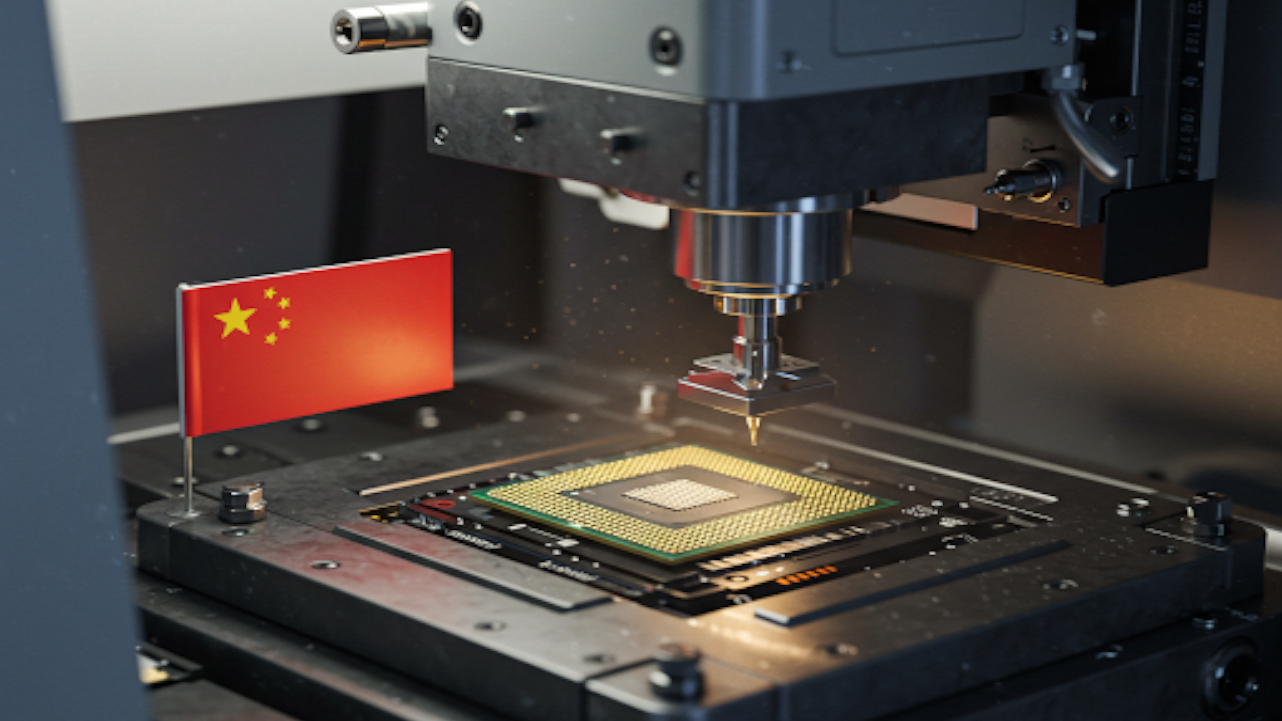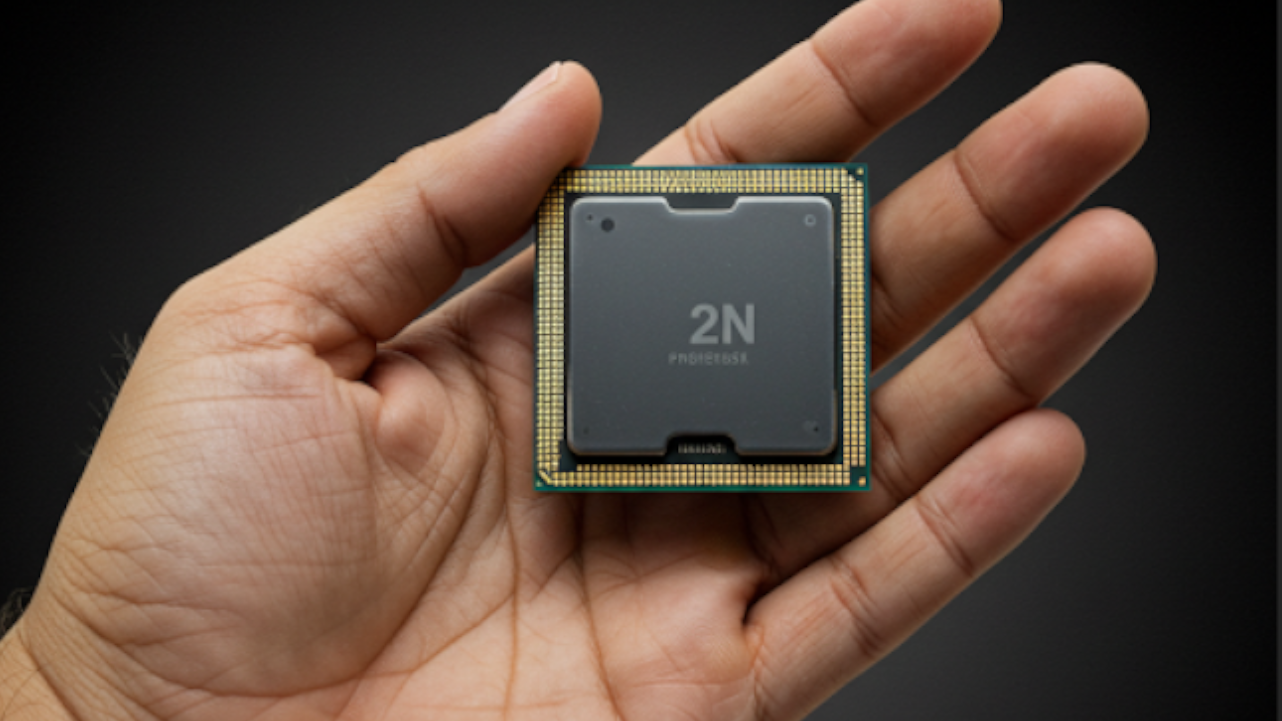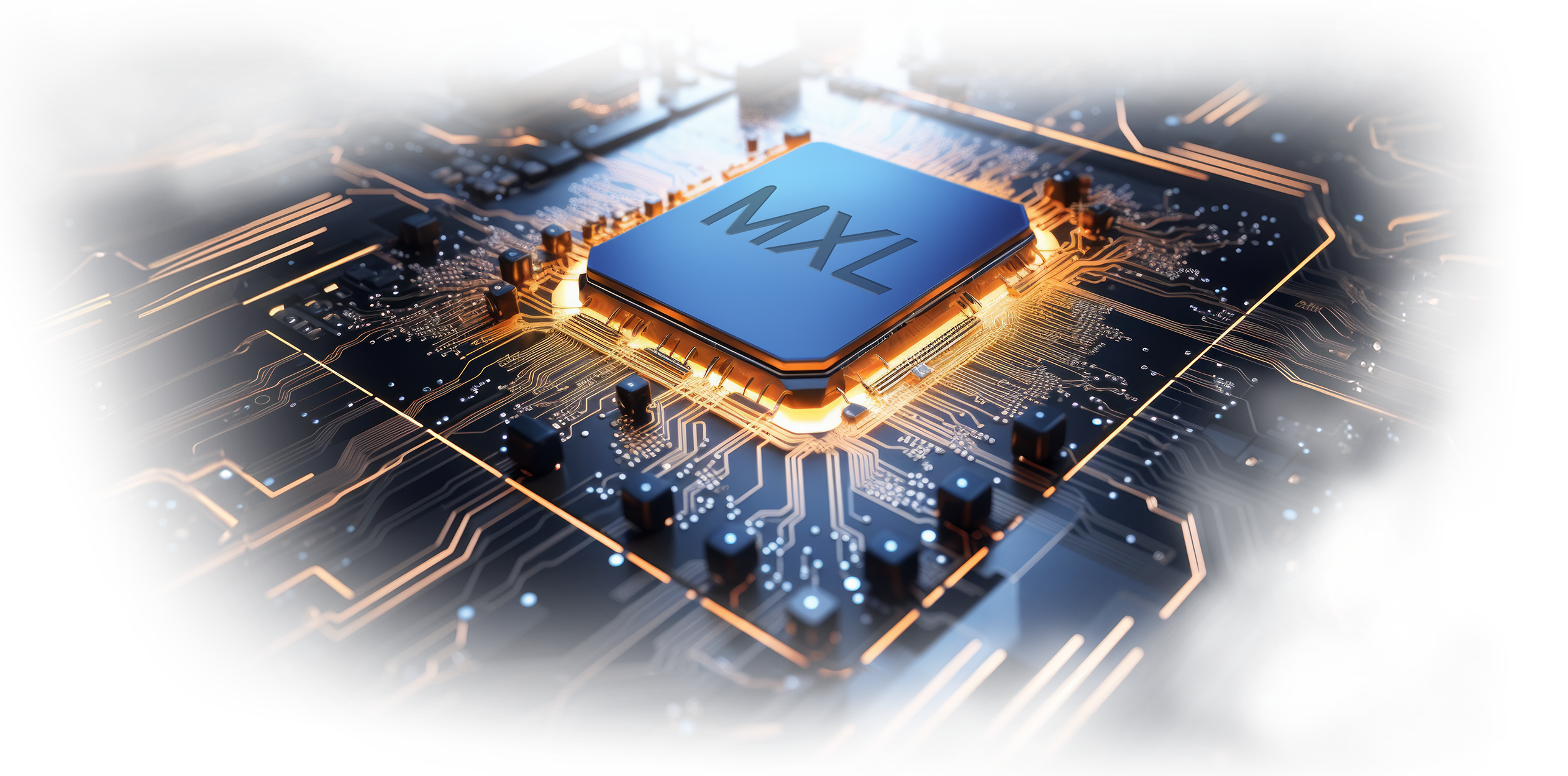The invention of the transistor in 1947 is considered the beginning of the modern electronics era. It is the fundamental building block for electronic chips and is found in the simplest applications, from an on/off switch for devices to the most complex ones like computer processors and artificial intelligence accelerators.
A transistor can function as an electrical switch or valve (on/off), as is the case when used in electronic chips. It can also act as an amplifier for electrical signals, as seen in loudspeakers and microphones for purifying and amplifying sound, or in communication networks to strengthen signals.
A transistor consists of three parts: the base (which resembles a control gate), the collector (the part through which current enters), and the emitter (the part through which current exits). To simplify the image, imagine water flowing through a pipe; the collector is the part where water (electrical current) enters, the emitter is the part where it exits, and the base acts as a valve that controls the flow.
If an electrical signal is sent to the base, it acts as opening the valve and allows a larger flow of electricity. If it does not receive a signal, the valve remains closed and no electricity flows. This is how it works like a switch to represent the binary digits 1 (on) and 0 (off). These two on/off states form the foundation of modern computing.
Transistors are primarily made of semiconductor materials, with silicon being the most commonly used due to its abundance and cost-effectiveness. In some specialized applications, other materials such as germanium and gallium arsenide are used. Research is also underway to use thinner materials like graphene and bismuth to further miniaturize transistors.
In processor chips, graphics processing units, memories, and artificial intelligence accelerators, billions of transistors are assembled on a single chip, where they function as tiny switches representing the binary states 1 and 0. These switches are designed to form logic gates to execute complex instructions and calculations or registers for temporary storage.
Chips differ from each other in design; transistors are interconnected in a specific way to perform specialized tasks such as parallel processing in graphics processing units and serial processing in central processing units.
Transistors are also involved in the operation of screens, as they control the pixels. In modern OLED and MicroLED screens, transistors regulate the current for each diode, ensuring precise control over what appears on the screen, which is reflected in a realistic and vibrant image.
The versatility and efficiency of transistors have made them the fundamental building block upon which electronic chips are built. With the development of miniaturization techniques that have enabled the integration of billions of transistors into extremely small chips, electronics has undergone a radical transformation, allowing for the creation of small, ultra-powerful, and efficient devices, such as smartphones and smartwatches, which were once considered the stuff of science fiction.
